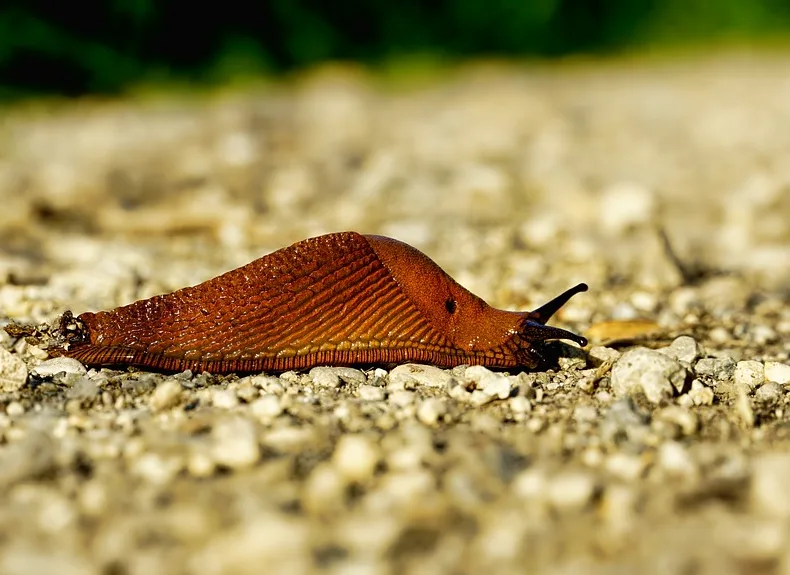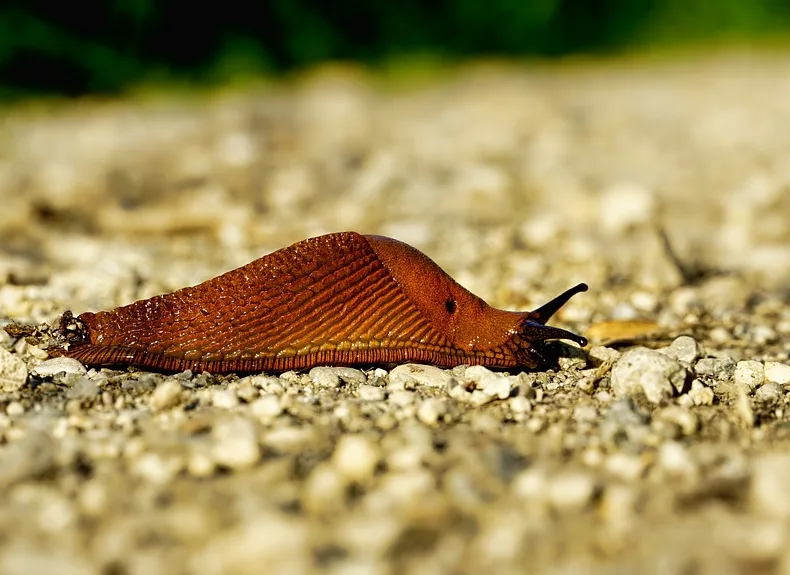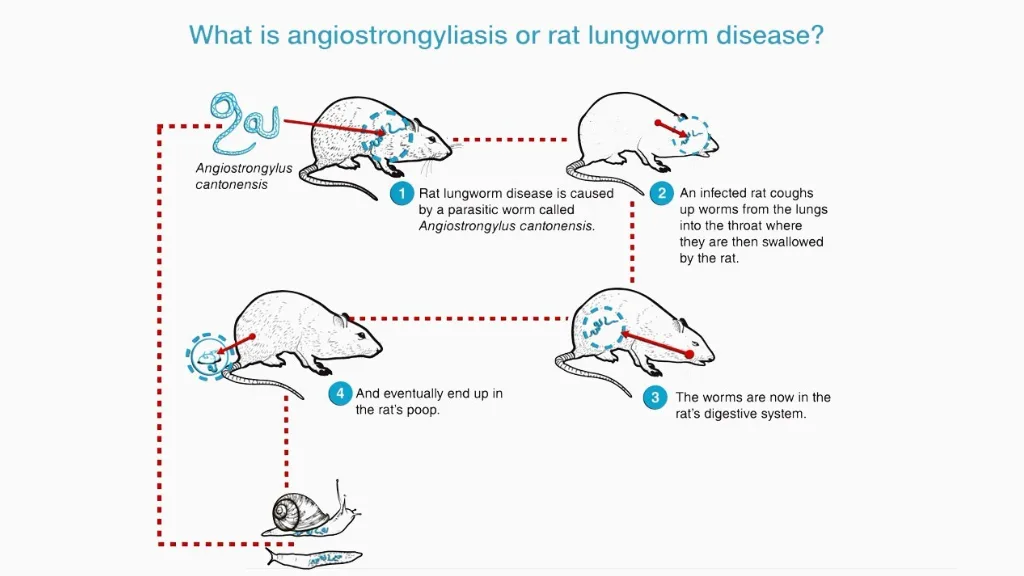
Fast-climbing invasive slug may be spreading brain parasite
The study was published July 8 in The American Journal of Tropical Medicine and Hygiene.

The recent study was published Monday. File photo/Pixabay
New research suggests that an invasive slug could be infecting more Hawaiians than previously thought -- and an invasive, fast-climbing slug could be helping spread parasites.
So far this year, at least five unrelated cases of angiostrongyliasis, or rat lungworm disease, have been confirmed in visitors to Hawaii Island, according to a recent report by Hawaii's Department of Health (DOH).
All five patients were infected after either knowingly or unknowingly ingesting a slug that lives on unwashed produce.
Rat lungworm is a disease that affects the human brain and spinal cord. It's caused by Angiostrongylus cantonensis, a roundworm parasite.
The adult form of the parasite lives in rodents, which can pass larvae through their feces.
"Snails, slugs, and certain other animals (including freshwater shrimp, land crabs, and frogs) can become infected by ingesting these larvae," DOH says on its website.
RELATED:
"Humans can become infected with A. cantonensis if they eat (intentionally or otherwise) a raw or undercooked infected intermediate host, thereby ingesting the parasite."
In humans, worms can migrate into the lungs or brain where they will eventually die.
Most people will recover on their own over a period of several weeks or months without treatment -- but an infection can "occasionally" be fatal, according to a statement on Australia NSW government's website.
MORE CASES THAN PREVIOUSLY THOUGHT
For some people, the symptoms of infection are so mild they're never reported, which could mean there are more cases than previously thought, according to Live Science.
For some of the recently-examined reported cases, researchers were unable to identify how the patient became exposed to the parasite.
In an interview with Live Science, David Johnston, an epidemiologist in the disease outbreak control division of the Hawaii State Department of Health, said there are several potential sources, including the Cuban slug, a giant African snail and a marsh snail.

Courtesy: US Center for Disease Control (CDC)
There is also Parmarion martensi, an invasive creature that's part-slug, part-snail. It could be increasing exposure because it's a fast climber and it can get into sinks, dishwater, and water tanks. It's known to be a high carrier of the parasite. Some baby slugs are so small, they're practically unnoticeable, raising the risk of ingestion.
The study was published July 8 in The American Journal of Tropical Medicine and Hygiene.
RAT LUNGWORM PREVENTION
When visiting Hawaii Island, DOH recommends:
Washing all fruits and vegetables with clean, running water to remove any tiny slugs or snails.
Making sure snail, slug, and rat populations around homes, gardens, and farms are controlled.
Inspecting, washing, and storing produce in sealed containers, regardless of whether it came from a local retailer, farmer’s market, or backyard garden.
Sources: Live Science | DOH | CDC










